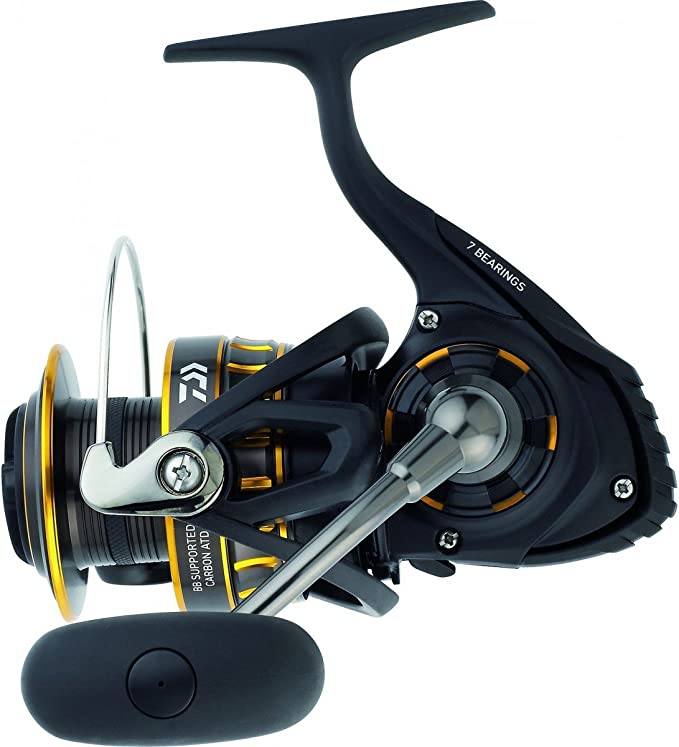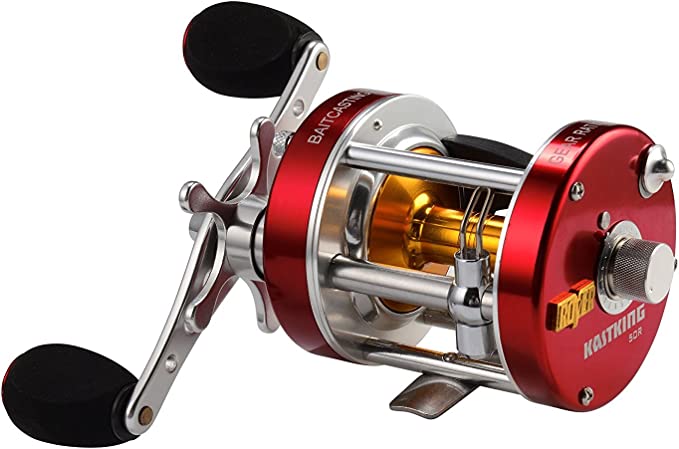EF EcoFlow 160W Solar Panel: Power Your Adventures, Anywhere.
Update on Sept. 6, 2025, noon
It’s not broken, and the company isn’t cheating you. The truth lies in a fascinating gap between a perfect laboratory and our messy, beautiful world. Let’s explore the physics.
There’s a unique moment of anticipation when you unbox a piece of modern technology that promises freedom. For me, it was a portable solar panel, a sleek, foldable sheet of dark silicon. The number printed in bold on the side was unequivocal: 160 Watts. I imagined it effortlessly powering my gear, pulling a steady stream of energy from the sky. I set it up under a bright, clear sky, angled it perfectly, and plugged it into my power station. The screen flickered to life, and the input number climbed… settling at a resolute 112 watts.
My first reaction was a familiar tinge of disappointment. Was it faulty? Was I doing something wrong? Where were my other 48 watts?
This experience is nearly universal for anyone who buys a solar panel. And the answer to that question—where the watts go—is far more interesting than a simple manufacturing defect. That number on the box isn’t a promise of real-world performance; it’s a brilliant, standardized lie. It’s a benchmark, a laboratory-born ideal that, by its very nature, can almost never be replicated in the wild. And by using a common, well-engineered example like the EF ECOFLOW 160W panel as our specimen, we can dissect that lie and uncover the beautiful physics it conceals.

The Tyranny of the Perfect Sun
The heart of the discrepancy lies in a set of globally agreed-upon rules called Standard Test Conditions (STC). Think of it as the pristine, climate-controlled gym where every solar panel is tested for its maximum athletic potential. In the real world, however, it’s always either too hot, too hazy, or the sun is just not in the mood.
STC is built on three pillars of perfection:
- An Unnaturally Bright Sun: The test assumes an irradiance of exactly 1,000 watts per square meter. This is the intensity of the sun at noon on a crystal-clear day, at sea level, with the light hitting the panel dead-on. Even a wisp of a cloud, a bit of morning haze, or the simple fact that it’s 3 p.m. will drop this number significantly.
- A Mysteriously Cool Cell: The standard mandates a cell temperature of exactly 25°C (77°F). This is perhaps the most misleading variable. A black sheet of silicon sitting in direct sunlight doesn’t stay at room temperature; it sizzles. As one user reviewing their panel noted, it gets “wear gloves hot.” This isn’t just a comfort issue; it’s a fundamental performance killer.
- A Perfect Atmosphere: The test specifies a particular light spectrum known as Air Mass 1.5 (AM1.5). This simulates the filtering effect of the atmosphere when the sun is at a specific angle in the sky (about 48 degrees). Early in the morning or late in the afternoon, the light travels through more atmosphere (a higher Air Mass), shifting the spectrum and reducing the energy available to the panel.
When you understand STC, you realize that the 160-watt rating isn’t a lie of deception, but a lie of necessity—it’s the only way to compare an EcoFlow panel made in China to a Renogy panel made in Vietnam. It’s a yardstick. Real-world reports confirm this. A meticulous user running two of these 160W panels in series (a 320W rated system) found he had “never seen more than 208 W,” a real-world output of about 65%. Conversely, another camper on a perfect, cool, sunny day was thrilled to see “a whopping 136 W,” or 85% of the rating. Neither user’s panel was broken. They were simply operating in two different realities, and neither of those realities was the sterile perfection of the STC lab.

Heat: The Silent Assassin of Watts
Of all the factors, the heat is the most relentless thief of power. As that black silicon absorbs photons, it also absorbs thermal energy, and its internal temperature soars. For semiconductor-based solar cells, this is terrible news.
The physics is complex, but the outcome is simple: as a silicon cell gets hotter, its ability to convert light into electrical voltage decreases. This is quantified by a metric called the Temperature Coefficient of Pmax (maximum power). For most monocrystalline panels, this value is around -0.3% to -0.5% per degree Celsius. In simple terms, for every degree the panel heats up above the 25°C STC baseline, it loses a fraction of its power potential.
Let’s do some quick math. On a pleasant 25°C (77°F) day, a panel in direct sun can easily reach an internal temperature of 60°C (140°F) or more. That’s a 35°C increase over the STC baseline.
35°C rise × (-0.4%/°C) = -14% power loss.
Suddenly, our 160-watt panel is, by the laws of physics, a 137-watt panel before we even account for hazy skies or a low sun. That “missing” power wasn’t lost; it was converted into waste heat, an unavoidable tax levied by thermodynamics.

The Alchemy of a Single Crystal
So, given these harsh realities, how do we even get to a respectable number like 112 watts? The magic lies in the material itself. The panel is built from monocrystalline silicon, the undisputed champion of consumer solar technology.
The journey of this material is a modern form of alchemy. It begins as humble sand (silicon dioxide), which is refined into near-pure silicon. This silicon is then melted down, and a tiny seed crystal is dipped into the molten vat. Using a technique called the Czochralski process, this seed is slowly pulled upwards while rotating, “growing” a single, massive, perfectly structured crystal ingot. This ingot is then sliced into paper-thin wafers.
The flawless, continuous crystal lattice of monocrystalline silicon is like a multi-lane superhighway for electrons.
When a photon of light strikes the silicon and knocks an electron free, this perfect structure allows it to travel with minimal resistance. In contrast, cheaper polycrystalline panels are made by casting molten silicon into a block, creating a mosaic of many small crystals. The boundaries between these crystals act like intersections and roadblocks, impeding the flow of electrons and lowering efficiency.
This is why a monocrystalline panel, with its uniform black color, can achieve a conversion efficiency of 22%. And to put that number in perspective, we have to talk about the absolute physical limit. In 1961, scientists Shockley and Queisser calculated the theoretical maximum efficiency of a single-junction silicon solar cell, a barrier now known as the Shockley-Queisser Limit. It stands at about 33.7%. This means that 22% isn’t just a good number; it’s nearly two-thirds of the way to a hard physical ceiling. It represents a technology that is mature, refined, and pushing the boundaries of what’s possible with this material.

The Invisible Shield
Of course, this slice of high-tech crystal needs protection. The front of the panel is laminated with a film of ETFE (Ethylene tetrafluoroethylene). While it may just look like a layer of plastic, ETFE is a high-performance fluoropolymer with remarkable properties. It is incredibly resistant to UV radiation, meaning it won’t cloud or yellow over time like cheaper plastics. Its surface is also low-energy, making it difficult for dirt and grime to stick—a self-cleaning feature that is invaluable in the field.
To appreciate ETFE, look no further than some of the world’s most innovative buildings. The massive, bubble-like biomes of the Eden Project in the UK and the glowing facade of the Beijing “Water Cube” aquatic center are both clad in this durable, lightweight material. The same technology protecting these architectural marvels is what shields your panel from rain, dust, and the rigors of being packed in a car.
When you finally understand these layers of science—the arbitrary perfection of STC, the inescapable tax of heat, the atomic precision of a single silicon crystal, and the resilience of its polymer shield—your relationship with that number on the screen changes. 112 watts is no longer a disappointment. It’s a triumph. It’s a real-time display of a complex physics experiment, where countless photons are undertaking a remarkable journey, navigating the gauntlet of the real world to become usable power in your hands. The 160-watt rating on the box isn’t the truth, but it’s what allows us to appreciate the brilliant, messy, and wonderful truth of the number on the screen.







































